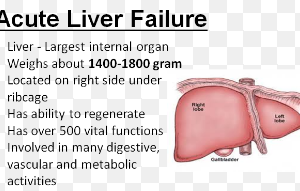
There are reasons why you cannot count on an ultrasound for detecting gallbladder cancer; yet, it can also “miss” it.
Symptoms of Gallbladder Cancer
- Abdominal pain, especially in the upper right area of the abdomen
- Abdominal bloating
- Fever
- Unintentional or unexplained loss of weight
- Nausea
- Yellowing of the skin and of the whites of the eyes (jaundice)
The Ultrasound
“The usual diagnostic study for gallstone-related disease is ultrasonography (US),” says Akram Alashari, MD, a trauma surgeon at Geisinger Medical Center in PA, and author of “THE POWER OF PEAK STATE.”
Many patients who have gallbladder cancer that is discovered by accident are found retrospectively to have had suspicious ultrasound findings (e.g., a solitary or displaced stone, or an intraluminal or invasive mass) that were not recognized preoperatively.
“Findings that are suggestive but not diagnostic of gallbladder cancer include mural thickening or calcification, a mass protruding into the lumen, a fixed mass in the gallbladder, loss of the interface between the gallbladder and liver, or direct liver infiltration,” explains Dr. Alashari.
Accuracy of the Ultrasound
“The overall accuracy of US for staging the local and distant extent of a suspected gallbladder cancer is limited,” says Dr. Alashari.
“In one report of 26 patients, accuracy was only 38 percent, and the sensitivity for detection of liver infiltration or nodal metastases was only 50 percent each.”
Risk Factors for Gallbladder Cancer
Gallbladder cancer, though rare, has several risk factors that can increase susceptibility.
Chronic inflammation of the gallbladder raises the risk. So do gallstones, though it’s a small risk.
Additionally, those with a history of gallbladder polyps or certain genetic conditions, such as Lynch syndrome, are at higher risk.
Gender and age also play roles, with women and older adults being more affected.
Obesity and metabolic syndrome further contribute, as they often lead to gallstone formation and gallbladder inflammation.
Lastly, a diet high in fat and low in fiber might exacerbate the risk.
Who Gets Gallbladder Cancer?
This disease is very uncommon. It’s so uncommon that the National Cancer Institute Surveillance and Epidemiology End Results Program includes it with liver cancer statistics.
• About 37 percent of newly diagnosed cases each year in the U.S. are in people 55 to 64.
• In people 45 to 54 it’s 12.1 percent.
• In those 35 to 44 it’s 1.8 percent.
• For those 20 to 34 it’s 0.7 percent.
• For people under age 20 it’s 0.8 percent.
The symptoms of gallbladder cancer can also have benign causes.










































